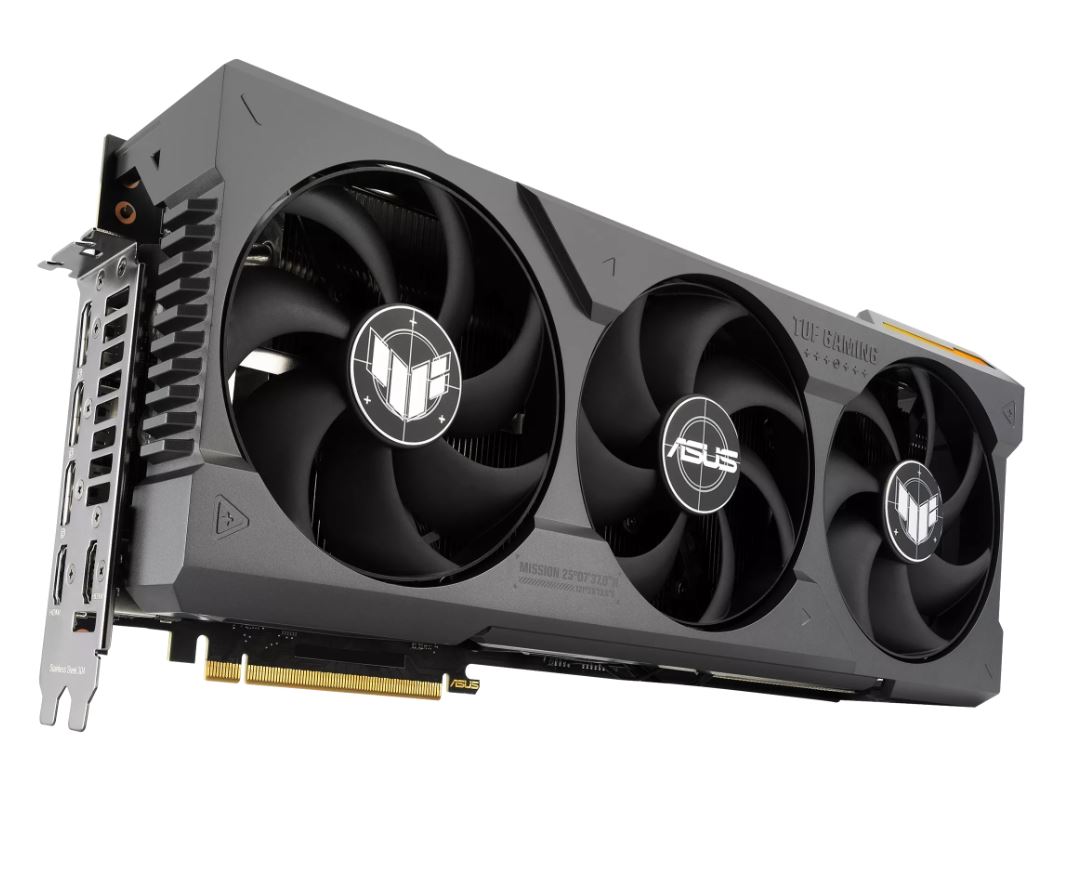[[data.name.value]]
[[metadata.defaultData.name]]
[[data.title.value]],
[[metadata.defaultData.title]],
[[data.company.value]]
[[metadata.defaultData.company]]
Is 16GB graphics card enough for gaming?
The argument over whether graphics card memory is enough has persisted in the ever-changing world of gaming. When selecting a graphics card, gamers often struggle, particularly when debating whether 16GB of VRAM (Video Random Access Memory) is enough to provide an immersive gaming experience. To answer this, we will examine the nuances of gaming and the function of graphics card memory, investigating situations, games, and factors that assist decide if a 16GB graphics card is sufficient. The effects of merging Nvidia and Radeon GPUs for gaming will also be covered.

Learning about Graphics Card Memory
Understanding the function of graphics card memory in gaming is essential before determining if 16GB of VRAM is enough. A form of memory called VRAM is designed expressly to hold the textures, shaders, and other graphic data needed to generate visuals on your display. Essentially, it acts as a fast buffer between the CPU and GPU of your computer to provide a lag-free gaming experience.
How well a graphics card can handle demanding games is heavily influenced by how much VRAM it has. Simply said, more VRAM enables a graphics card to hold bigger and more intricate textures, which may improve game visuals and performance. It's crucial to remember that VRAM is just one part of a graphics card's total performance, and having a lot of VRAM doesn't always mean that it will perform at the highest level possible for gaming.
Factors Changing the Needs for VRAM
The amount of VRAM needed for gaming might vary significantly based on a number of variables:
1. Resolution
The resolution at which you play your games is an important consideration when calculating the amount of VRAM needed. In general, 1080p (Full HD) gaming uses less VRAM than 1440p (2K) or 4K (Ultra HD), which have higher resolutions. In order to preserve visual integrity at higher resolutions, more textures and more VRAM are required.
2. Game Settings
VRAM use is also influenced by the graphics options you choose in a game. With sophisticated graphics features enabled, playing games on extreme or high settings might use a lot more VRAM than playing on low or medium settings. VRAM utilization may be significantly impacted by specifics like texture quality, shadow resolution, and anti-aliasing.
3. Game Genre
The amount of VRAM needed varies depending on the kind of game. Compared to 2D platformers or earlier games, open-world games with enormous, intricate settings and sophisticated graphics often need more VRAM.
4. Multi-Monitor and VR Gaming
Your VRAM needs will greatly rise if you utilize several displays or play games in virtual reality (VR). These configurations call for the graphics card to generate numerous displays or realistic 3D environments, which requires additional VRAM to keep the gameplay fluid.
16GB Graphics Cards: Capable Contenders
16GB graphics cards were regarded as strong and acceptable for a variety of gaming settings as of my most recent update in 2023. Modern games may be played with ease at 1080p and 1440p resolutions on graphics cards with 16GB of GDDR6 VRAM, such as the Nvidia GeForce RTX 3060 Ti, RTX 3070, and AMD Radeon RX 6800. These GPUs also provided passable 4K gaming performance; however certain AAA games would need to have some settings lowered for best results.
A 16GB graphics card often gave players a satisfying gaming experience. It was able to multitask and create material wonderfully, and it supported high-quality graphics at standard resolutions. More VRAM may be desired for gamers who need the greatest performance possible at 4K resolutions or for those looking to future-proof their devices.
Combining Nvidia and Radeon GPUs
For gamers who want to push the limits of their gaming experience, combining Nvidia and Radeon GPUs, a strategy known as "mixing GPUs," may be a fascinating strategy. Although this idea has received some attention, it's important to comprehend its applicability and constraints.
SLI and CrossFire: A Historical Perspective
In the past, technologies such as SLI (Scalable Link Interface) and CrossFire were available by both Nvidia and AMD (which includes Radeon graphics cards). With the use of these technologies, players might boost gaming performance by combining many GPUs of the same brand. But they had major restrictions, and not all games always supported them.
Modern Considerations
Nvidia has stopped supporting SLI for gaming as of my previous update in favor of concentrating on other technologies like DLSS (Deep Learning Super Sampling) for enhancing gaming performance. AMD has also switched its attention from conventional CrossFire setups.
Combining Nvidia and Radeon GPUs for gaming is not simple, and driver and compatibility difficulties may occur. It's crucial to do your homework and make sure the exact games you want to play allow these setups. To make this work, you may also require additional hardware concerns, such as a motherboard that supports multiple PCIe slots.
Conclusion
Your gaming interests and needs will ultimately determine if a 16GB graphics card is enough for gaming. A 16GB graphics card may provide the majority of gamers who play at 1080p or 1440p resolutions an outstanding gaming experience with stunning images. However, for the best performance while playing 4K games or using several monitors, you may want to think about graphics cards with greater VRAM.
For sophisticated users, combining Nvidia and Radeon GPUs might be an intriguing experiment, but it is not a certain way to improve gaming performance and it has its own set of difficulties and restrictions. To choose the ideal graphics card configuration for your requirements, always do your study on the particular games and programs you want to utilize.